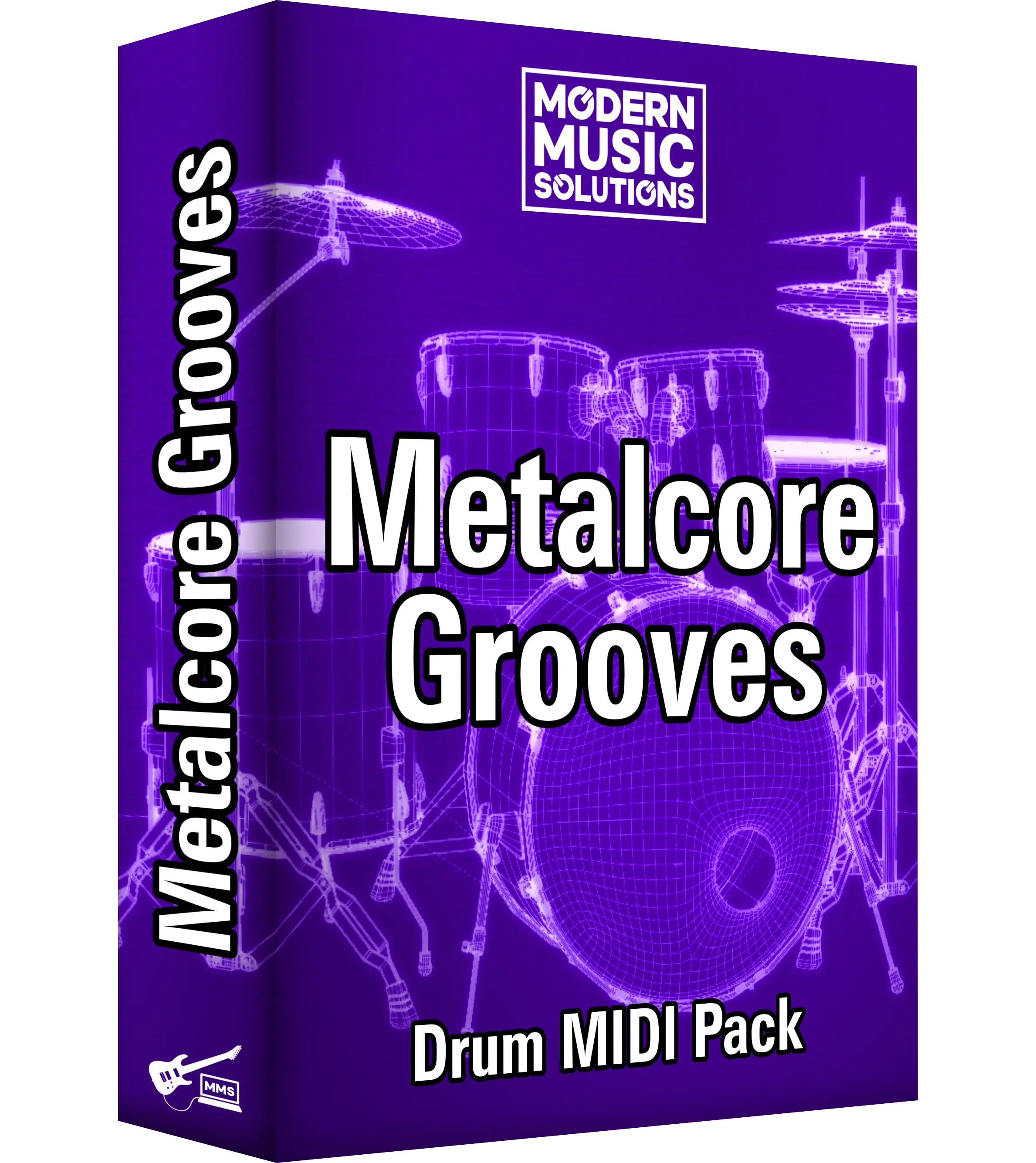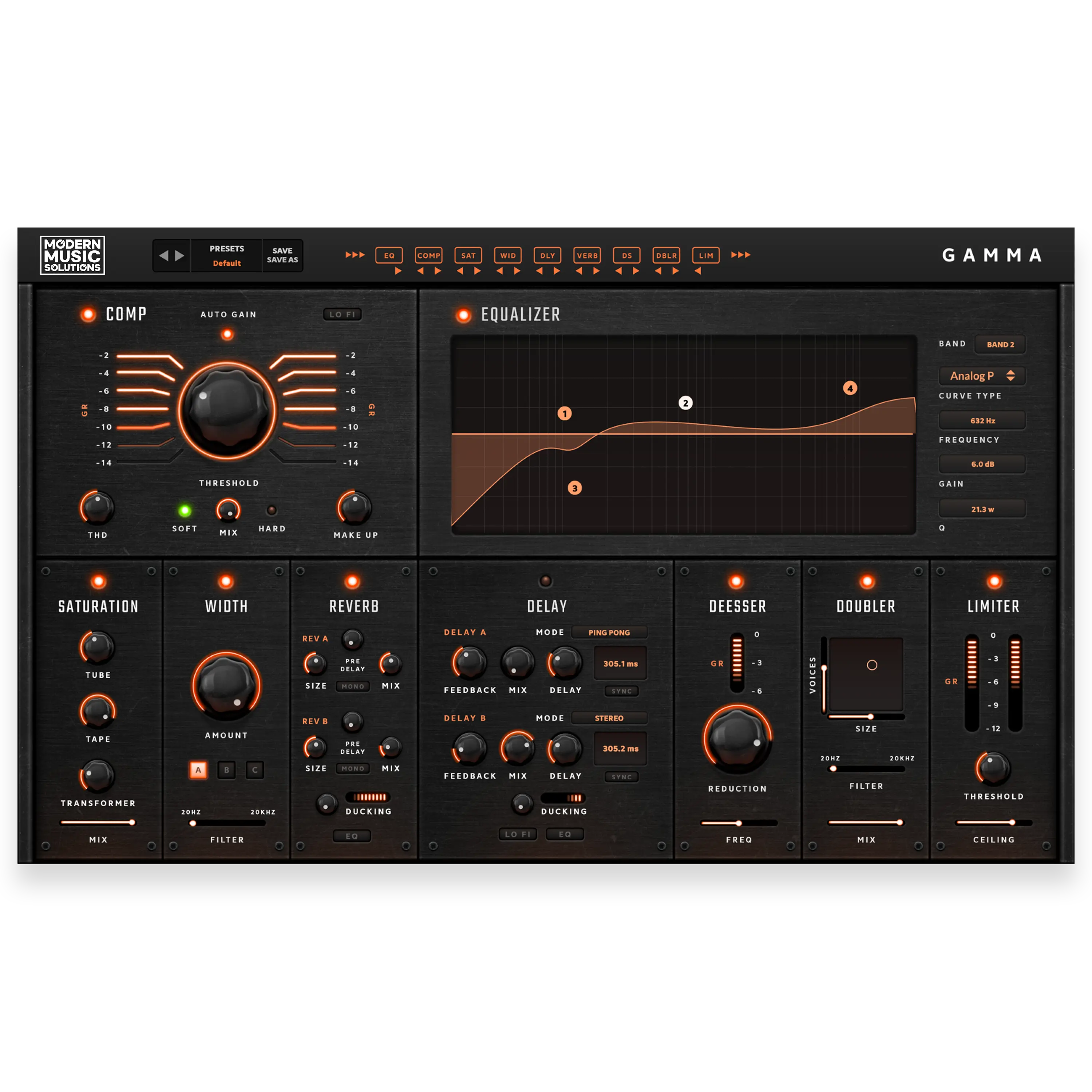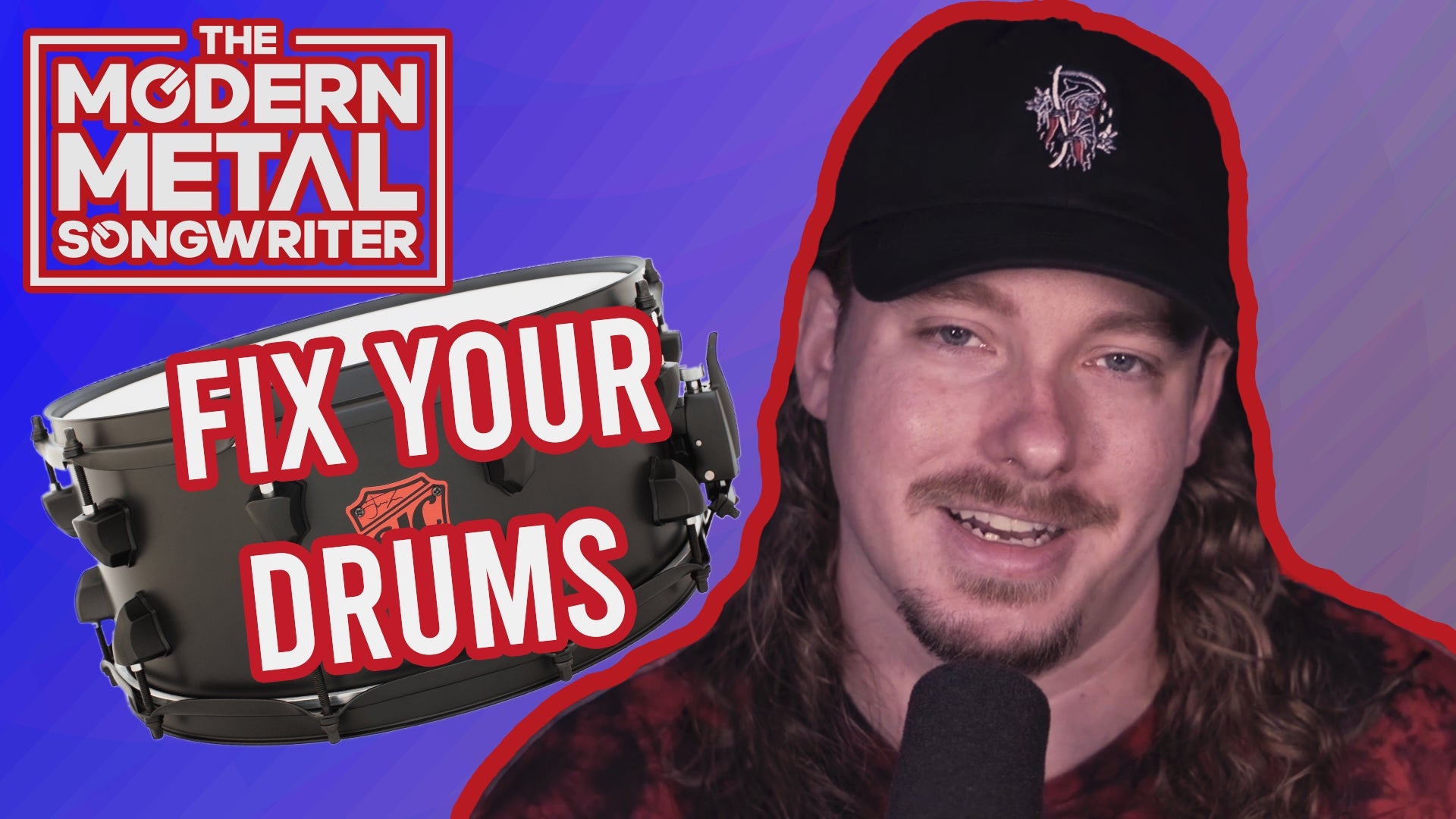Are you a metal musician struggling to find a reliable drummer for your band? Or maybe you're a songwriter looking for a quick and easy way to program drums for your demo tracks?
Whatever your situation may be, virtual drums can be a great writing tool for metal musicians. In this article, we'll explore why programmed drums are a practical and cost-effective solution for creating high-quality drum tracks. We'll also provide tips on how to make these drums drums sound as realistic as possible.
Quick and Easy Drum Programming
One of the biggest advantages of using virtual drums is how quickly and easily they can be programmed. With popular digital drum companies like GetGood Drums, Superior Drummer, EZ Drummer, MixWave, Room Sound, and Bogren Digital, you can choose from a wide variety of drum samples and program them in just a few clicks. This allows you to get your ideas down, and sounding great quickly, and this is ideal when you're still just writing music in your free time, and have limited time to do your writing.
Of course, programming drums is not as simple as dragging and dropping samples onto a timeline. To make your drums sound realistic, you need to pay attention to things like velocity, timing, and dynamics. We'll provide more tips on how to program realistic-sounding drums in a later section!

Recording Drums is Expensive and Time-Consuming
Recording live drums in a studio can be a costly and time-consuming process. Not only do you need to rent a studio space and pay for an engineer, but you also need to mic up the drums and perform multiple takes to get the perfect recording. This can take hours, if not days, of studio time, which can add up quickly.
Virtual drums, on the other hand, can be programmed quickly and easily, without the need for a physical recording space or equipment. This makes them an ideal solution for songwriters who want to create demo tracks without spending a lot of money on studio time to do it correctly.
No More Finding Drummers
Not to diss drummers, but finding a reliable drummer is one of the biggest challenges in the metal music scene. And THEN to find one that can actually play the parts to the standards of modern metal recordings, that's like finding a unicorn.
Due to the high demand, good drummers are often in multiple bands and can’t commit to writing sessions with everyone. However, with virtual drums, this is no longer a problem. Virtual drums provide consistent and high-quality drum tracks that can be easily integrated into your music. You don't have to worry about scheduling rehearsals or gigs around your drummer's availability. You can simply focus on creating music.
Modern Drum Libraries Work For Final Releases
One of the main concerns about virtual drums is whether they are "passable" as real drum performances. The truth is, modern drum libraries have come a long way in recent years. They have become incredibly realistic, making it difficult to tell the difference between a live drummer and a virtual one. Many successful metal songs have used virtual drums, including all of Spiritbox’s debut record “Eternal Blue”, Kingdom of Giant’s record “Passenger”, Humanity’s Last Breath’s album “Välde”, and many others. With advancements in technology, programmed drums have become an excellent alternative to live drums.
Writing Better Guitar Riffs with Virtual Drums
Another benefit of using virtual drums is that they can enhance your guitar riff writing. When you hear a drum pattern, it can inspire you to write a guitar riff that complements the rhythm and overall feel of the song. Different drum patterns can also influence the rhythm of your riff and help you create a more interesting and dynamic song. Here are some tips we suggest for incorporating drum programming with your ideas:
1. Experiment with Different Drum Patterns
Try experimenting with different drum patterns to find one that inspires you. Maybe you want a fast, aggressive beat for a thrash metal song or a slow, heavy beat for a doom metal track. Whatever your preference, playing around with different drum patterns can help you find the perfect rhythm for your riff.
2. Use Drum Fills to Add Interest
Drum fills are short, improvised drum patterns that occur between sections of a song. They're a great way to add interest and excitement to your guitar riffs. Try programming a drum fill after the second or third repetition of a riff to keep the listener engaged. We also recommend downloading MIDI packs that have fills and grooves written by actual drummers. Study these parts and try to understand what fills work with what sections. All of this takes lots of time to get great at, so theres no better time to start than now!
3. Use the Groove of the Drums to Inspire Your Riff
The groove of the drums can be just as important as the rhythm of the guitar riff. Experiment with different grooves to see how they affect the feel of your song. For example, a straight-ahead, four-on-the-floor beat might inspire a driving, riff-heavy song, while a swung, shuffle beat might inspire a bluesier, more laid-back riff. By using programmed drums as a writing tool, you can experiment with different drum patterns, fills, and grooves to find the perfect rhythm to help you with the songwriting process.
How to Make Virtual Drums Sound Realistic
While virtual drums are a quick and easy solution for creating drum tracks, they can sometimes sound a bit artificial or robotic when you first drop in your notes. Here are a few tips on how to make your virtual drums sound as realistic as possible:
1. Vary the Velocity of Your Drum Hits
In a live drum performance, no two hits are exactly the same. By varying the velocity of your drum hits, you can create a more human-like feel to your programmed drums. For example, try making the first snare hit in a measure slightly louder than the second one to mimic the slight variation in a live performance. Listening to your favorite records drums can help you understand the variance in these hits, and allow you to program more realistic drum parts!

2. Use Humanization Features
Many virtual drum libraries include humanization features that can add subtle variations to your drum performance. These features can include randomization of timing, velocity, and note placement, and can help make your drums sound less robotic. These are a great way to start getting a more human sound out of programmed drums.
3. Add Cymbal Swells and Rolls
Cymbal swells and rolls are another way to add realism to your virtual drums. Instead of having a cymbal hit suddenly start and stop, try adding a gradual swell or roll to mimic the way a live drummer would play the cymbal.
All common DAWs have features that make these tricks easy to do. However, it’s also important to remember that if you’re just writing, the finer details matter less. You can, of course, use full 127 velocities when programming. We just wanted to provide some tips if you wanted to make your parts more realistic.
Conclusion
In conclusion, virtual drums have become a practical and cost-effective solution for metal musicians who want to create high-quality drum tracks. With popular digital drum companies, you can choose from a wide variety of drum samples and program them quickly and easily. Virtual drums provide consistent and high-quality drum tracks that can be easily integrated into your music, and they eliminate the need for a physical recording space or equipment.
Additionally, modern drum libraries have become incredibly realistic, making it difficult to tell the difference between a live drummer and a virtual one when the proper humanization steps are taken. Virtual drums can also enhance your guitar riff writing by inspiring you to write a guitar riff that complements the rhythm and overall feel of the song.
By using virtual drums as a writing tool, you can experiment with different drum patterns, fills, and grooves to find the perfect rhythm to help you with the songwriting process. We hope you now have a better understanding of why virtual drum libraries are such useful tools for writing metal.
Happy Songwriting!







